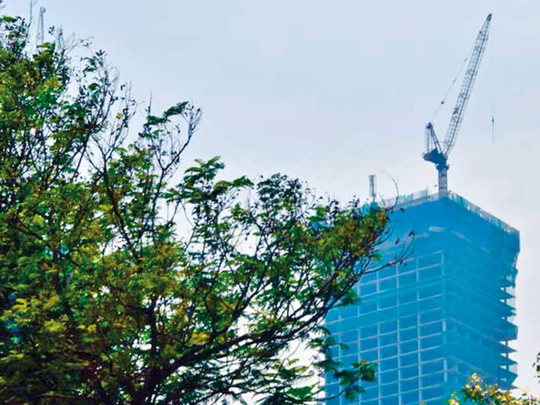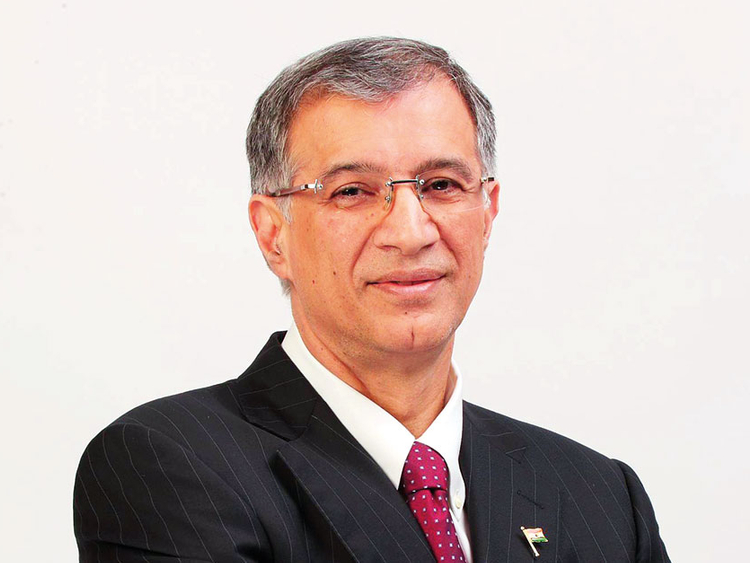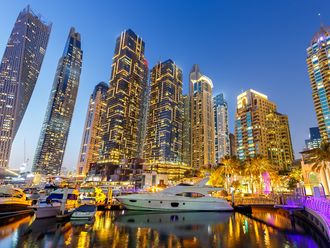
Dubai: Forget the politics — India’s real estate sector’s fortunes over the next three to five years will be decided by what’s happening with the country’s infrastructure.
On that score, the property market could be in for a good ride, according to a leading Mumbai-based developer.
“Take the roads — The National Highway is being extended by 25 kilometres a day and it used to be four kilometres a day just three years ago,” said Niranjan Hiranandani, head of the group that bears his family name. “In Mumbai specifically, there will be 210 kilometres added to the [inner-city] rail network; then there’s the bridge that will connect Navi Mumbai and Panvel and the [29.2 kilometre] Coastal Road along the western coastline.
“Last year, all of us thought the IT sector in India would slow down and there would be massive downsizing. None of that has happened ... in fact, TCS (Tata Consultancy Services) has had a double-digit growth on its top-line. These are all signals pointing to a fast growing economy and where demand for housing is percolating down simultaneously.”
But elections are due by May next year to choose the next central government, and the run up to these can make for an extremely fluid situation for the wider economy.
While Hiranandani says some degree of uncertainty always accompany general elections, it will not derail prospects for real estate.
“Whether it is this government that continues or some other formation, no one wants the economy to slow down,” said Hiranandani. “Every election generates some anxiousness ... but the macro-economy as it is now can take it in its stride.”
And with the Indian economy putting in growth of 7.5 per cent, the housing sector will be in a position to overcome the challenges the future might throw.
For the moment though, Hiranandani says, it has managed to see off the impact from GST (Goods and Service Tax), the new insolvency law for developers, the passage of the tough RERA (Real Estate Regulatory Act) laws, and, of course, the fallout from demonetisation.
“There’s a good deal of new housing absorption taking place, and it’s my impression that any surplus will be picked up in most of the major cities,” said Hiranandani, who is also holding the title of President of National Real Estate Development Council (Naredco), an industry body. “Sure, demonetisation and RERA caused issues for demand, but those have been resolved.” (The passage of the RERA-related laws pins a set of responsibilities India’s developers need to follow at all times. For instance, it required funds collected from investors to be placed directly in escrow accounts, and to be used solely for the designated project. This is not how it used to be for developers in the past.)
But is it the same situation across India, and particularly in Delhi’s Noida area?
“It’s a fact Noida is grossly oversupplied and no doubt it will take longer for absorption to take place,” he added. “But the authorities have taken stringent action against some of the big names there — Unitech, Amrapali and JP.
“But those are problems limited to Noida and not a systemic issue for the entire Indian real estate sector.”
The post-RERA situation has also forced developers to seek consolidation, especially the smaller players.
“RERA requires that developers need more access to capital and debt — because the funds they source from buyers need to go to escrow,” said Hiranandani. “Now, smaller names cannot get that sort of access and the only way would be to link up with bigger names.”
Cranes are crowding Mumbai’s skyline
India’s labour pool to build its next set of gleaming high-rises is shrinking, according to Niranjan Hiranandani.
“Labour is just not available easily for construction requirements,” he said. “You have quite tall buildings being built in Mumbai now, but whereas only 2-3 per cent of past sites had cranes, now 80 per cent feature them. You just aren’t seeing enough of manual labourers.”











